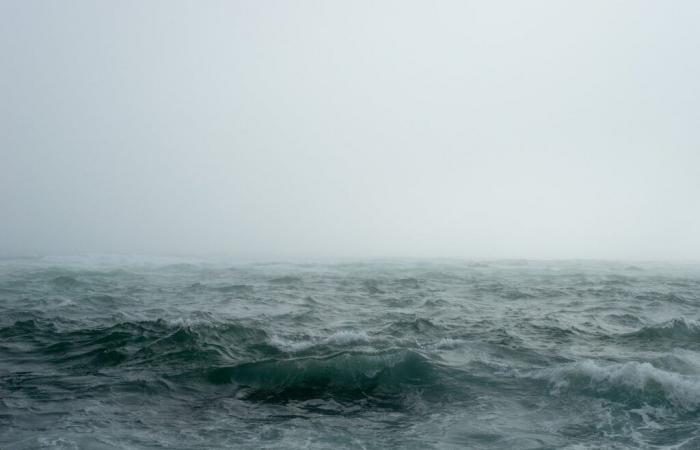The sea level that hems our coasts is a mute testimony to the geological and climatic upheavals that have shaped our planet throughout the ages. As current climate change accelerates ice melt and sea level rise, the question remains: have seas ever been higher in the past and, if so, when?
A Cretaceous record
In the unfathomable depths of our planet’s geological history, sea levels have fluctuated dramatically, testifying to the titanic forces that have roiled our world throughout the ages. A study published in 2022 in the journal Gondwana Research sheds light on one of these remarkable moments: approximately 117 million yearsduring the Aptian era of the Cretaceous, the seas reached prodigious heights, far exceeding current levels of almost 200 meters.
How to explain this phenomenon?
This spectacular rise in sea level is explained by a complex combination of geological and climatic factors. First of all, during the Aptian era, the movements of tectonic plates have been particularly active, leading to significant changes in the topography of the seabed. Underwater volcanic activities, subductions of ocean plates and continental collisions could then modify the depths of the oceans and affect the volume of ocean water, which thus influenced the global sea level.
THE climatic variations Significant events at that time also played a crucial role in sea level rise. Factors such as the greenhouse effect, Earth’s orbital variations, and changes in the distribution of land masses caused fluctuations in temperature and precipitation, leading to the melting of ice caps and continental glaciers. The resulting release of water would then have contributed to increasing the volume of the oceans and therefore raising sea levels.
Finally, we know that erosion of land areas can release sediment into the oceans, thereby increasing the volume of ocean water. Furthermore, the subsidence of coastal regionscaused by tectonic movements or the loading of glacial masses, can also contribute to a local rise in sea level.
Overall, these processes therefore interacted in complex ways to create conditions favorable for significant sea level rise. However, the exact fluctuations in sea level in Earth’s distant past remain shrouded in mystery. Research by some scientists suggests that seas were higher well before the Cretaceouswhen the Earth was still in formation, devoid of stabilized continents and emerged lands.
Oscillations on the scale of human history and the challenge of the future
On a scale more familiar to human history, the seas have also raised their waters to dizzying heights. There are approximately 120 000 ansduring the last interglacial period, the seas experienced a striking peak, with levels climbing up to six meters above current benchmarks. Imbued with heat and melting ice, this climatic story recalls the ancestral rhythms of our planet where natural cycles dictated the destiny of the oceans and the land masses.
Today, as we stand on the threshold of a new era, the face of the Earth is now marked by human footprints. Through global warming, our activities then triggered a new rise in water levels. A recently published video also shows the extent to which sea levels have increased since 1993. The extent of this phenomenon, however, still remains to be defined. Five years ago, a study revealed that sea levels could rise by two meters by 2100, while other research expects around fifty centimeters, or even a little less. Either way, the face of our coasts will never be the same.
The geological traces of these marine fluctuations are silent witnesses to the forces at play, engraved in the rock strata of our planet. These natural archives provide us with insight into the influence of internal and external processes on sea levels, from episodes of glaciation to periods of intense warming. Today, the study of these ancient records becomes essential to better understand the risks our coastlines face in the face of projected sea level rise. By deciphering these traces of the past, scientists hope not only to anticipate the future evolution of our coasts, but also inform the making of crucial decisions for generations to come.






